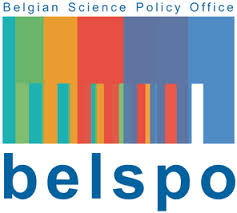Winners 2020
Congratulations to our three winners: Museu de Lisboa (Portugal), Turnout Museums (Belgium), Museo di Storia Naturale e Archeologia di Montebelluna (Italy)! Watch and read below the details about their wonderful projects!
Objective: The objective of SHARE-ORG is to promote the creative use of underused museum collections in storage, after they have undergone a reorganization project (e.g. following the RE-ORG method). Once collections are better organized and storage areas made more functional, museums can use those collections in new and innovative ways.
Edition 2020: The First Edition of the competition took place this year and it received submissions from various countries worldwide: Belgium, Sweden, Italy, Portugal, Malaysia, and Canada. The proposals were diverse, singular and original, congratulations to all! It is very encouraging and it is only the beginning of the SHARE-ORG adventure! Let’s SHARE!
Jury: The jury of the SHARE-ORG Competition was composed of members from the organizing institution (KIK-IRPA) and from each partner institutions (ICOM Belgium Flanders, ICOM Belgium Wallonia Brussels, ICCROM, ICC, CIK, Diadrasis). They have recently released their final decision. Our podium reveals three incredible projects!
Award: The three winning museums can share the very new and powerful “SHARE-ORG Winner” logo on their platforms and social medias. They also officially become ambassadors of the SHARE-ORG Competition and will be part of the jury for the Second Edition of the SHARE-ORG Competition.

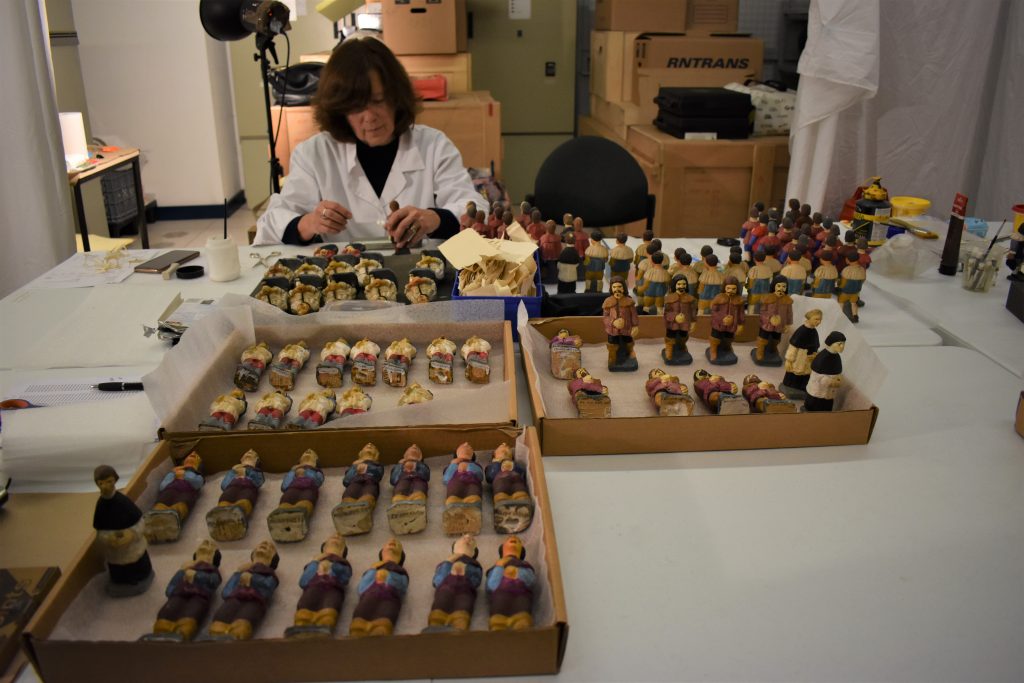
1st 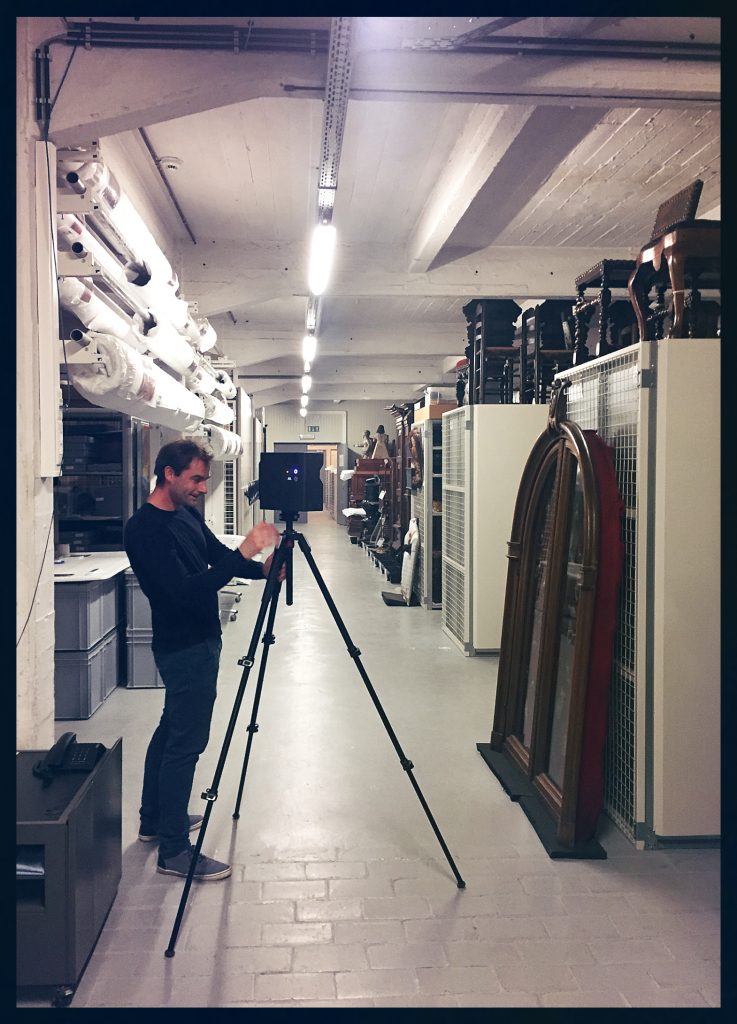
2nd 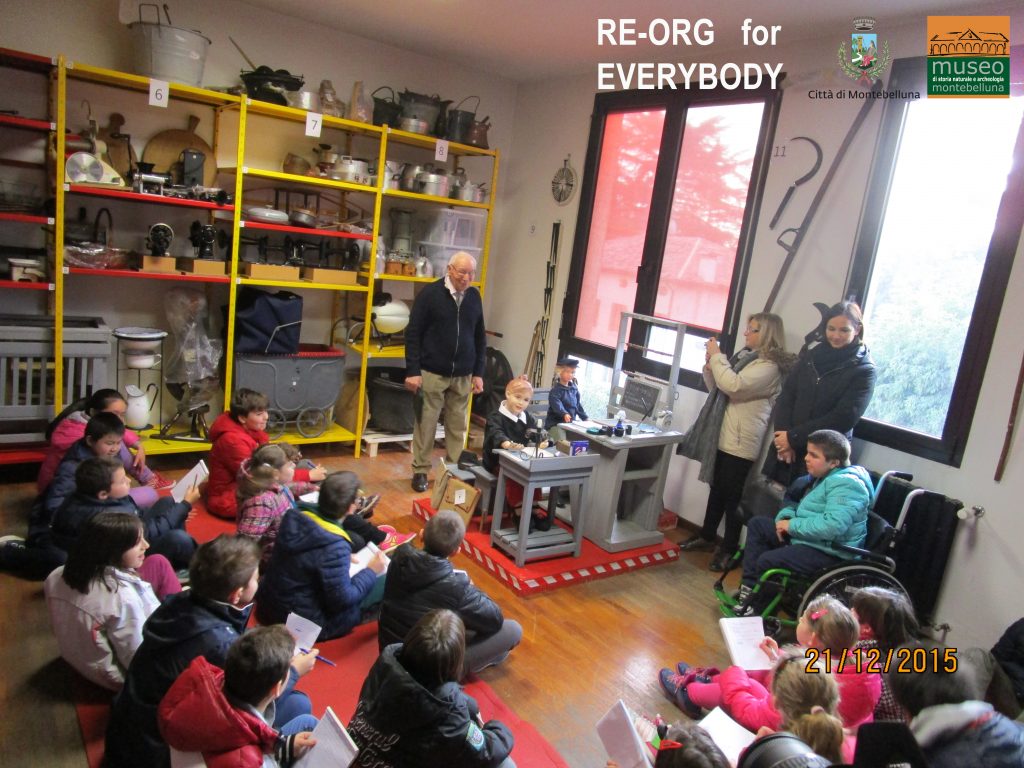
3rd
___________________________________________________________
First place: Museu de Lisboa (Portugal)
The “Corpus Christi Procession” exhibition

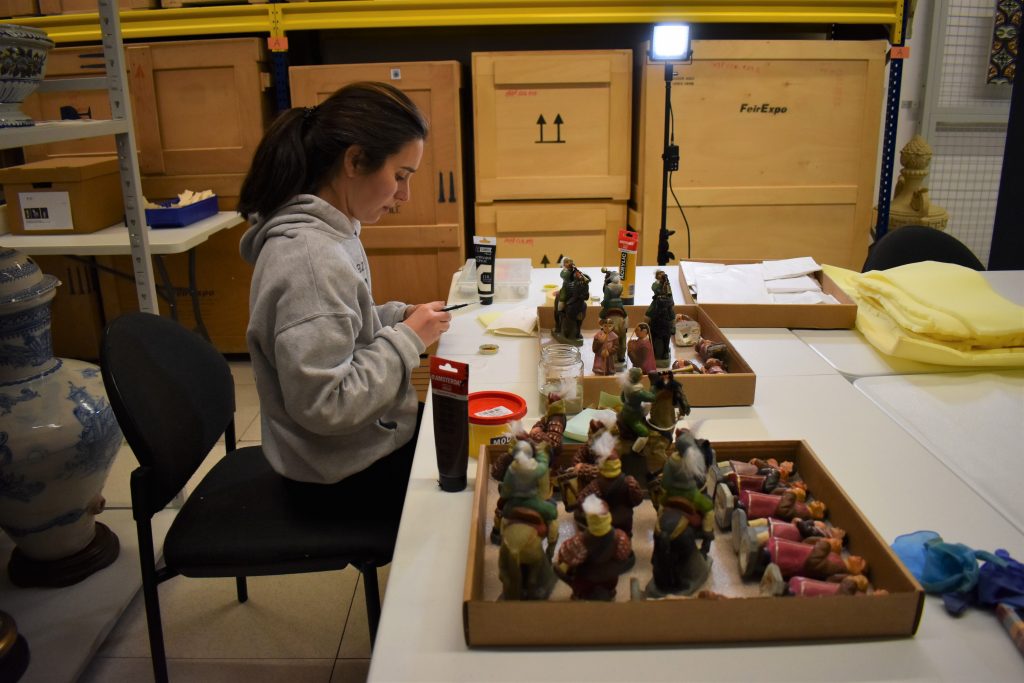
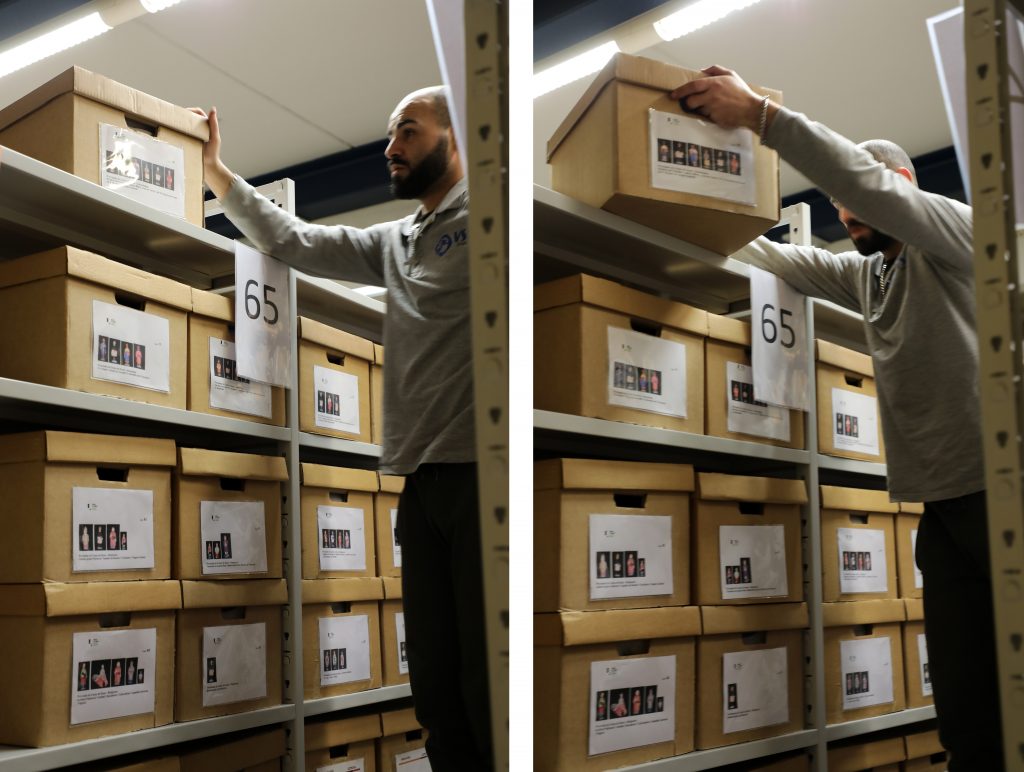
“The Museum of Lisbon organized the Re-Org Lisboa in October 2018, after three years of preparation. For two weeks, the brilliant ICCROM mentors’ team and the 20 participants applied the Re-Org methodology to six rooms of the Storage, regrouping collections and improving their conservation conditions. The results of this life-changing experience exceeded our expectations, reaching very good conservation and handling conditions. As a consequence of the great results, the Museum has: a) added location codes to 26.325 stored objects; b) prepared an area for guided tours to the community; c) improved significantly the organization of more than 15.816 collection objects. Competition case study: conservation, organizing and exhibition making-of the “Corpus Christi Procession”, an early 20th century 1.587 miniature polychrome unfired clay figures. For four weeks in early 2020, the Museum conservators restored the miniatures; added location codes; designed special conservation boxes and prepared the exhibition that opened on the 5 March. We loved the results! We are joining the competition to share our results with colleagues around the world, and with the audience. Participating in the SHARE-ORG is also another opportunity to learn new solutions to similar problems with other experts. We only learn from each other’s experiences!”
The Museum of Lisbon is a city museum that belongs to the Lisbon Council and is managed by the public company for culture, EGEAC. It is a multi-site museum with 5 sites: Palácio Pimenta, Teatro Romano, Museu de Santo António, Núcleo arqueológico da Casa dos Bicos, and the temporary exhibition’s gallery West Tower of the Praça do Comércio Square. There are 70 staff members working at the whole Museum spaces.
Watch the video below, presenting the preparation of the exhibition. It was published on the 10th of April and became the most liked digital content posted by the Museum during the lockdown with a total of 137.000 views on Facebook!
___________________________________________________________
Second place: Turnout Museums (Belgium)
A 360° virtual storage tour
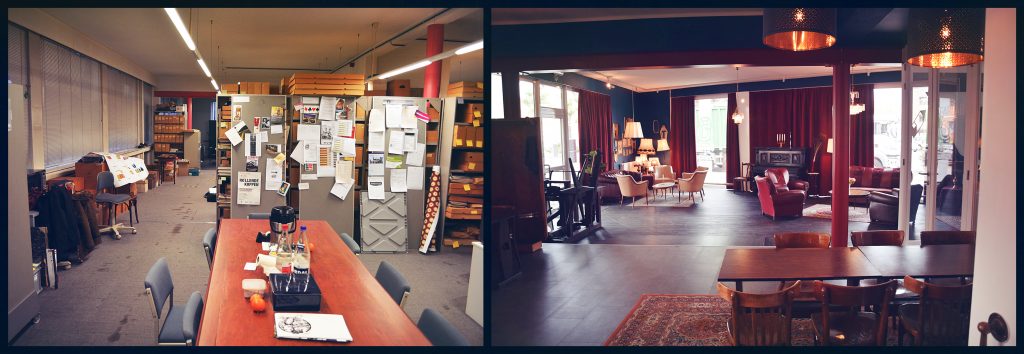
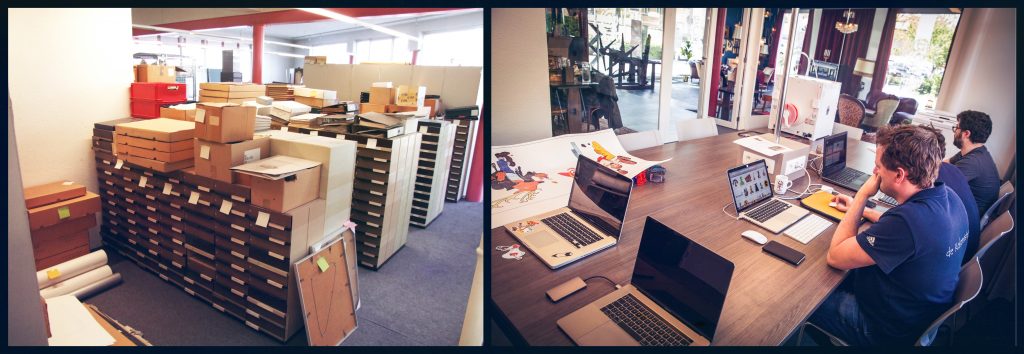

“Our RE-ORG adventure started out in 2016. During the next years, we managed to almost double our storage space. A former storage room on the ground floor was transformed into a museum café and a Fabrication Laboratory. In 2020, while brainstorming for an exhibition highlighting our new acquisitions, we had the idea to show the public how objects are received and stored. A museum storage appeals to the imagination and 360° images make it possible to ‘open’ doors to the public. With the help of ICOM Belgium Flanders we created a 360° virtual online tour of our museum storage. The ‘ErfgoedApp’ is integrated in the exhibition and visitors can virtually walk through the storage using a smartphone or tablet. Once online, we received a lot of positive reactions and we noticed that the link is even shared internationally by museum professionals. According statistics we count 832 unique visitors on the website. The link on Facebook reached about 3201 people and had 141 reactions. One conservator shared it in an online group about conservation and mentioned the use of different furniture and support for different types of objects. The virtual depot is not only beneficial to museum visitors, it also has an educational use for researchers and students who are interested in conservation and developments in museum storage facilities.”
The National Playing Card Museum – Taxandriamuseum and the Beguinage Museum have a collection with an overall size of about 42.244 objects. The Taxandriamuseum exhibit the rich history of Turnhout, in the Antwerp Kempen. The National Playing Card Museum boast the largest collection of playing cards from Turnhout and the historical Low Countries and contains authentic printing presses and imaging equipment. The Beguinage Museum is situated at the beguinage of Turnhout and is a World Heritage site of UNESCO.
Click on the image below and have a virtual 360° tour in Turnout Museums’ storage!

___________________________________________________________
Third place: Museo di Storia Naturale e Archeologia di Montebelluna (Italy)
The designing and implementation of a visitable teaching storage
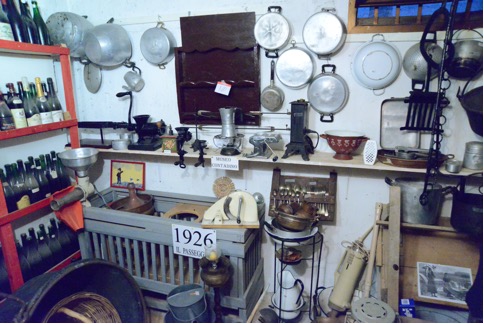

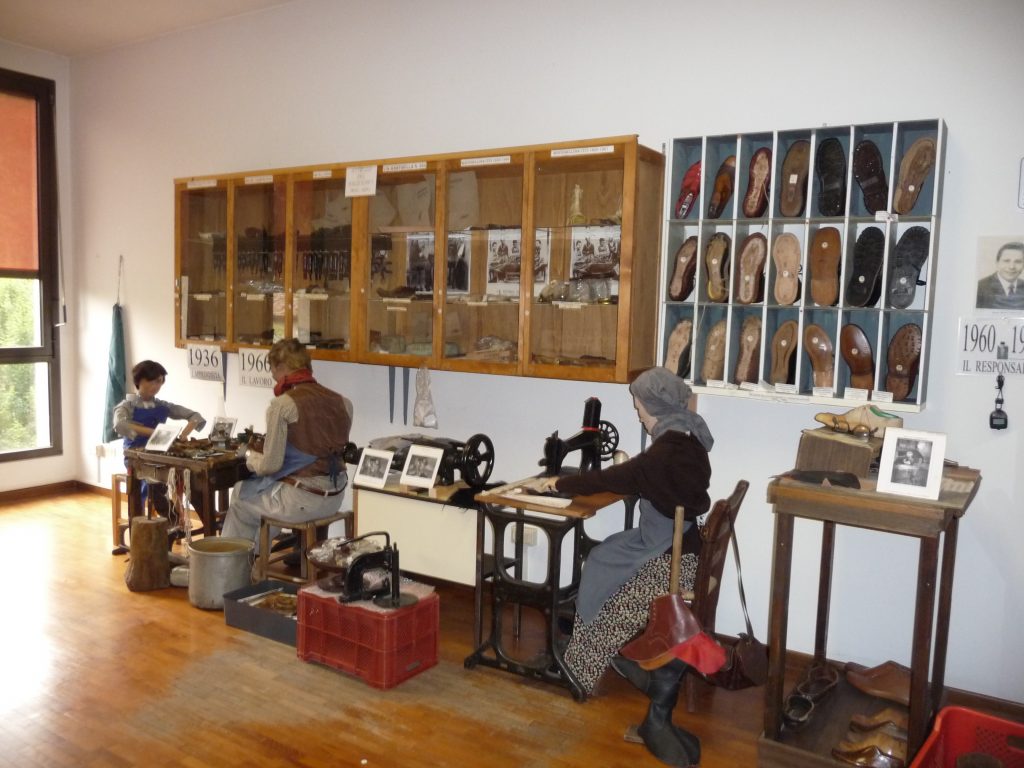
“RE-ORG helped the planning of a new visible storage for an ethnological collection at the Museo di Storia Naturale e Archeologia di Montebelluna (Treviso-Italy) in 2015. The solution was adopted to place the “shoemaker’s workshop” in one storage rooms. The rest of the materials were placed in the second room as a “visitable storage area”. Thanks to the collaboration with Zamprogno himself (the donor) and with the educational section of the museum have made it possible to coordinate a series of educational activities for primary and secondary school. Collaboration with social services from has also made it possible to organize tours with groups of elderly people with a view to preserving local collective memory. Since its new exhibition, the collection has been open to the public on several occasions, thanks to the collaboration with Zamprogno himself (age 95), who continues to make these items and the artisan’s craft connected to them come back to life. We want to be part of the RE-ORG family, to do more and better, however, we need to be inspired by others who like us with very little money made a difference and created a large connection with their communities!”
The Civic Museum of Montebelluna is a structure closely connected with the territory, as it deals, through the collection, display and study of the exhibits exhibited, to study and disseminate its historicalarchaeological memory. The museum is structured in two sections: a naturalistic and an archaeological one. In addition to the permanent exhibition space, the structure also includes a documentation center, a study room, conference rooms, storage rooms and various educational laboratories. The Civic Museum of Natural History was established in 1984 inside the splendid Villa Biagi, thanks to the initiative of the local speleological group and the municipal administration. The naturalistic collection is the result of donations from private citizens and research in the area; the archaeological one comes mainly from excavation activities conducted by the Superintendence for Archaeological Heritage in the Montebelluna area.
Have a glimpse on educational activities with school children and elder people at the Zamprogno Collection (visible storage) !
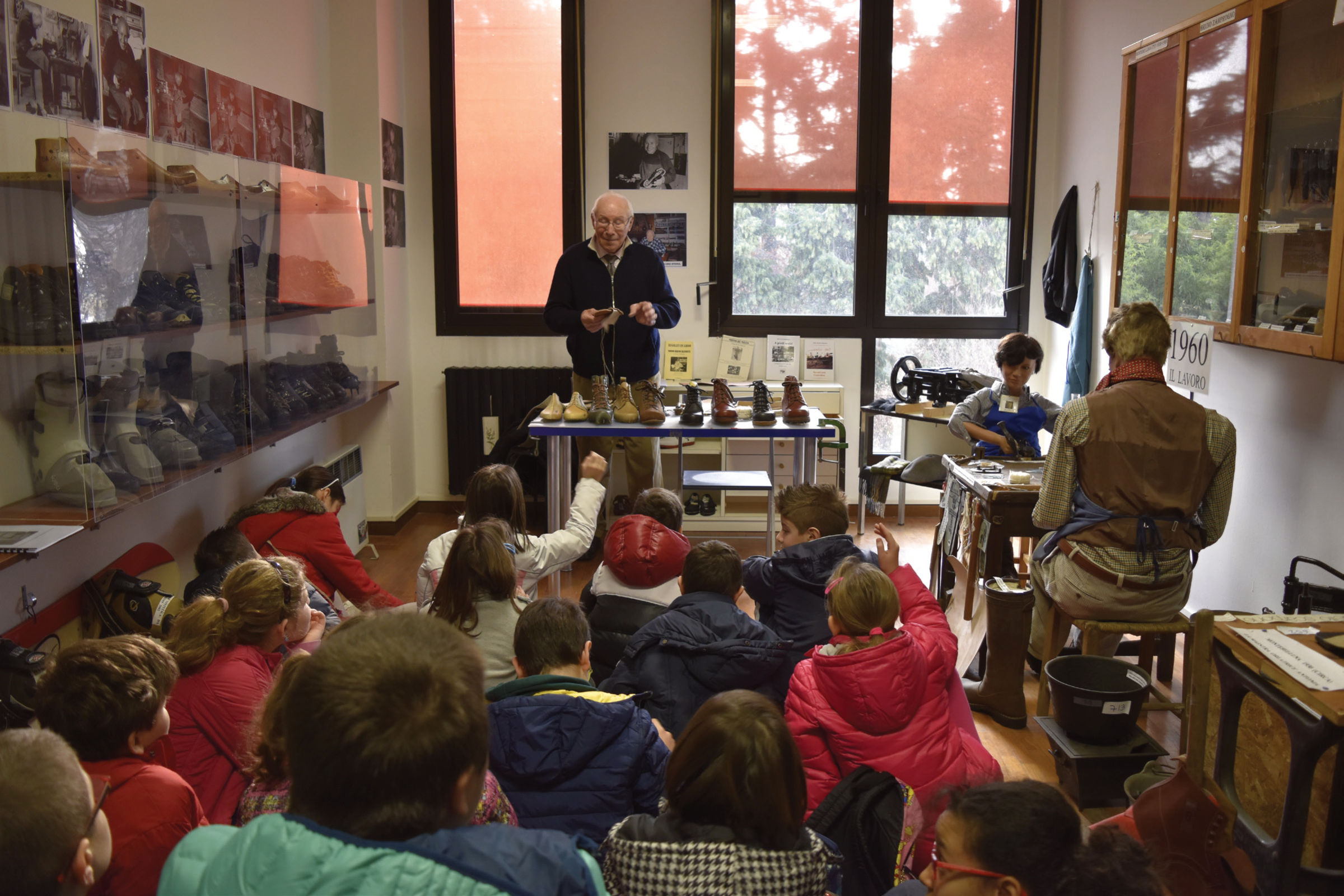
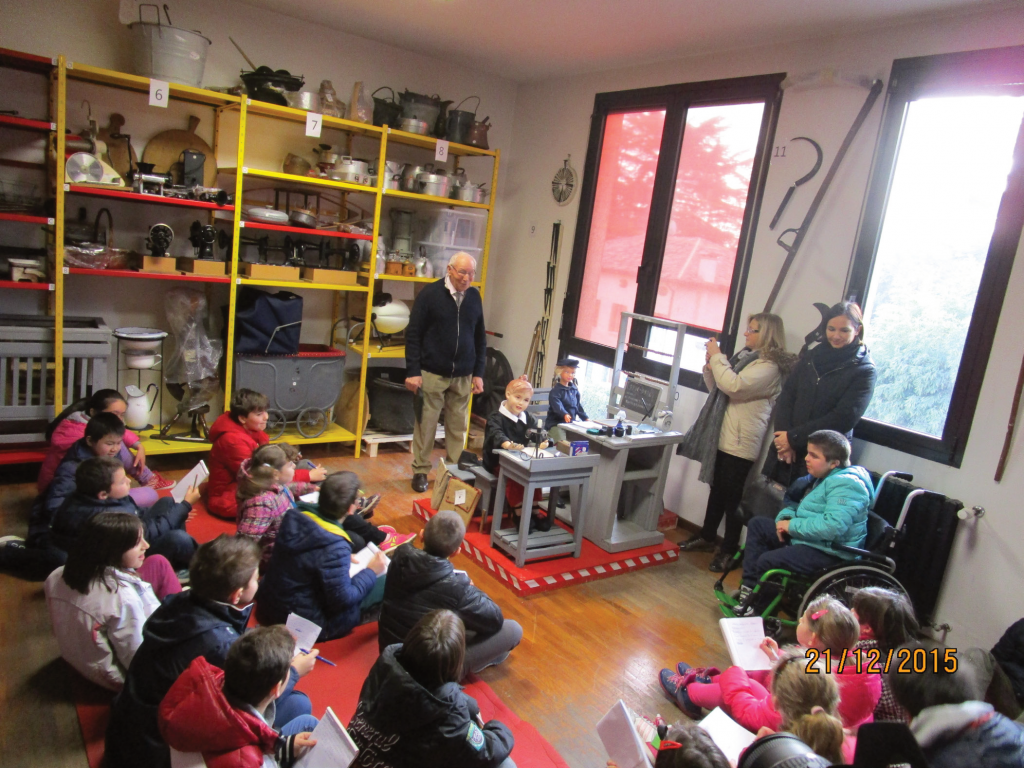
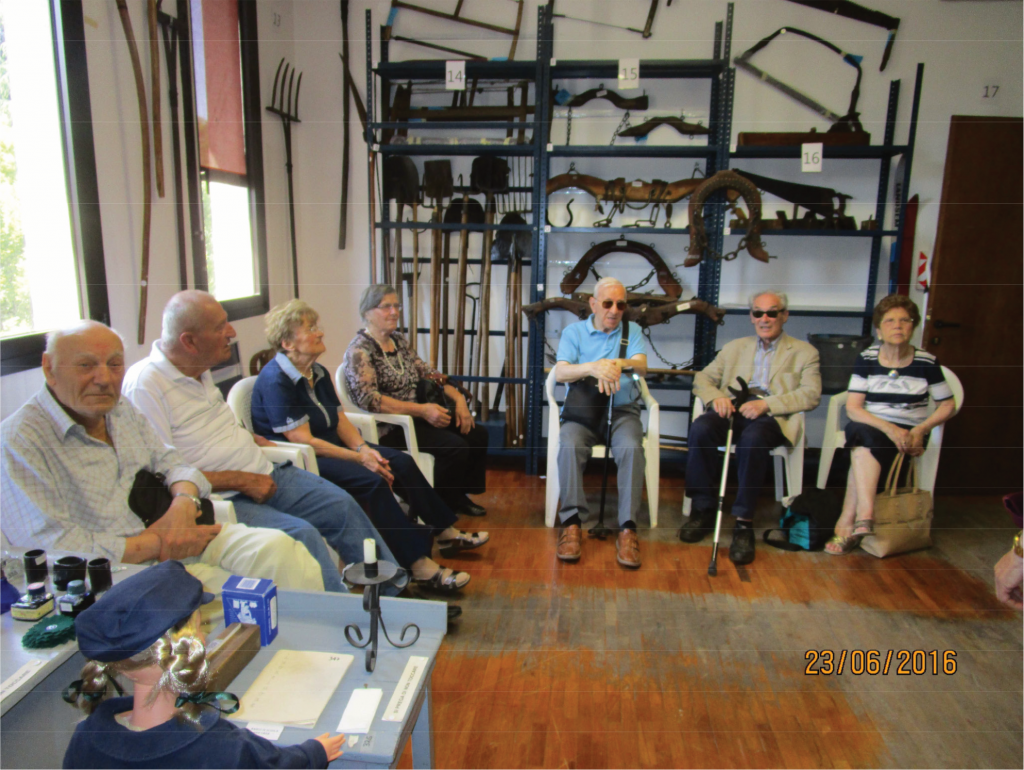
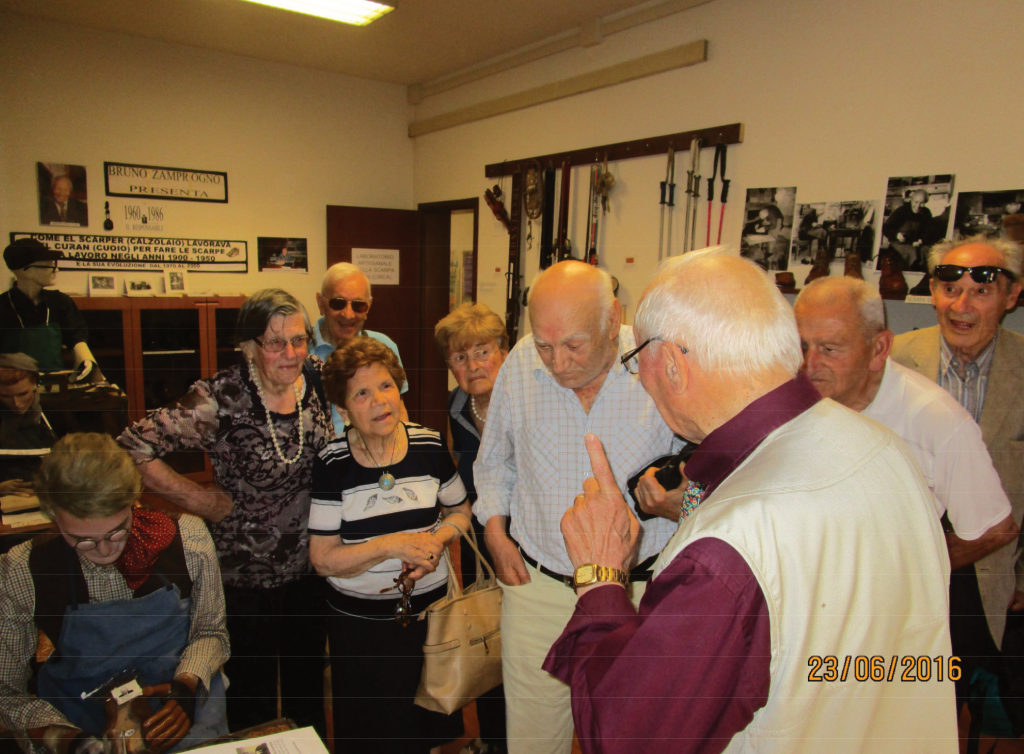
___________________________________________________________









